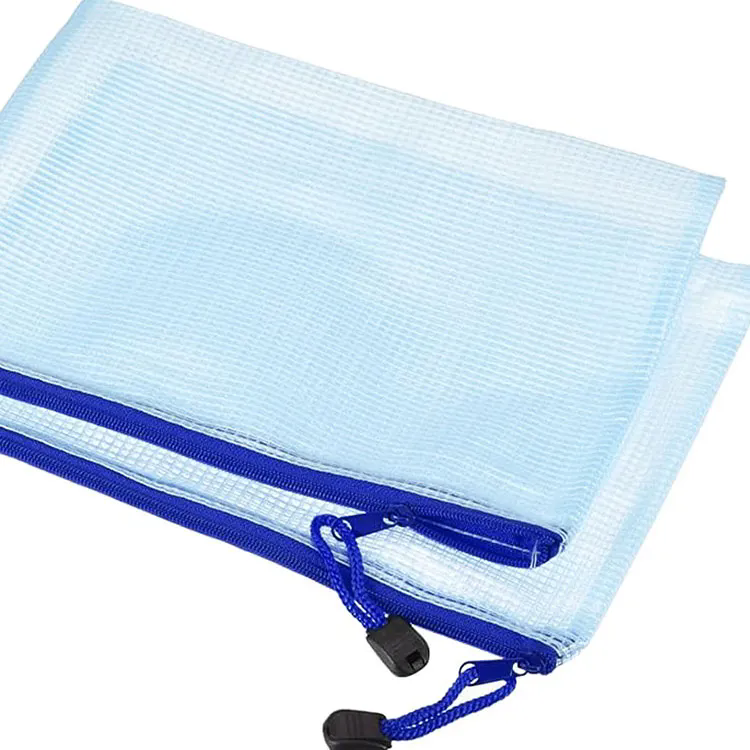What Makes Functional Fabric a Game-Changer in Modern Textiles?
2024-11-13
In a world where technology is seamlessly integrated into almost every aspect of our lives, it's no surprise that even textiles have evolved beyond their traditional uses. Enter functional fabrics—a revolutionary innovation in the textile industry that goes beyond basic aesthetics and comfort to offer performance-enhancing properties. But what exactly makes functional fabric so special, and why is it quickly becoming a game-changer in a variety of industries?
What is Functional Fabric?
Functional fabric, also known as performance fabric, refers to textiles that are designed to serve specific functional purposes in addition to their conventional roles in fashion, home decor, or industrial applications. Unlike regular fabrics, which primarily serve to cover, protect, or beautify, functional fabrics are engineered to offer unique benefits such as moisture-wicking, UV protection, antimicrobial properties, and breathability, to name just a few.
These fabrics are typically made from a combination of synthetic fibers, natural fibers, and special finishes that imbue the fabric with the desired properties. Some of the most common functional fabrics are used in activewear, outdoor clothing, medical textiles, and even automotive interiors.
Why is Functional Fabric a Game-Changer?
1. Enhanced Performance and Comfort
The primary reason functional fabrics are becoming so popular is their ability to significantly enhance performance and comfort. For example, moisture-wicking fabrics are designed to draw sweat away from the body, keeping the wearer dry and comfortable during physical activities. This is particularly useful in sportswear, activewear, and outdoor gear, where staying dry can improve performance and prevent discomfort.
Additionally, fabrics with breathability properties allow air to circulate freely, regulating body temperature. For example, mesh fabrics or those treated with advanced coatings can provide both moisture management and ventilation, making them ideal for running gear, hiking clothing, or any activewear designed for intense physical exertion.
2. Protection from the Elements
Functional fabrics are also used to protect against environmental factors such as UV radiation, wind, and water. UV-protective fabrics are treated with special chemicals or woven with certain fibers that block harmful ultraviolet rays, helping to prevent skin damage from prolonged sun exposure. These fabrics are a popular choice for outdoor apparel like hats, shirts, and swimwear.
Meanwhile, water-resistant or waterproof fabrics are designed to repel moisture, keeping the wearer dry even in the heaviest rain. Fabrics with windproof properties are another example, providing protection against chilly, blustery weather. These materials are commonly used in jackets, outdoor gear, and accessories designed for harsh weather conditions.
3. Durability and Longevity
One of the key advantages of functional fabrics is their durability. Unlike traditional fabrics that may lose their shape, color, or texture over time, many functional fabrics are engineered to last longer and maintain their performance over extended use. For example, abrasion-resistant fabrics are designed to withstand the wear and tear of daily use or outdoor activities without deteriorating quickly. This is especially important in workwear, sportswear, and outdoor equipment, where durability is essential.
4. Health Benefits
Some functional fabrics even offer health-related benefits. For instance, antimicrobial fabrics are treated with agents that inhibit the growth of bacteria, fungi, and other microbes. This makes them perfect for medical applications, such as hospital gowns, wound care products, and even athletic clothing, where preventing bacterial growth can reduce the risk of infection.
Another example is compression fabrics, which are used in garments like compression socks or athletic wear. These fabrics can improve circulation, reduce swelling, and aid in muscle recovery, making them ideal for athletes or individuals recovering from injuries.
5. Sustainable and Eco-Friendly Options
With increasing demand for sustainability in every sector, the textile industry has responded by developing more eco-friendly functional fabrics. Recycled fabrics made from materials like plastic bottles or discarded garments are becoming more common, offering a sustainable alternative to traditional textiles. Additionally, some functional fabrics are produced using environmentally friendly dyes and finishing processes, reducing the environmental impact of textile production.
6. Versatility Across Industries
The uses of functional fabrics are not limited to clothing alone. These advanced textiles are finding applications in a variety of industries:
- Medical Textiles: Fabrics with antimicrobial properties are used in bandages, surgical gowns, and wound dressings to prevent infection and promote healing.
- Automotive Industry: Functional fabrics are used in vehicle interiors for their durability, comfort, and ability to manage temperature, moisture, and odor.
- Home Furnishings: From upholstery that resists stains to curtains that filter out UV rays, functional fabrics are transforming home decor by combining aesthetics with performance.
7. Fashion Meets Function
While performance is the primary focus, many functional fabrics are now being designed with fashion in mind. The blending of style and performance has led to a surge in the popularity of activewear brands that combine functionality with trendy designs. Thanks to the development of advanced fabric technologies, functional fabrics no longer look bulky or technical but can now be as sleek and stylish as any regular fabric.
Types of Functional Fabrics
There is an extensive range of functional fabrics, each designed for specific uses and benefits:
- Moisture-Wicking Fabrics: These fabrics pull moisture away from the body to keep the wearer dry and comfortable.
- UV Protection Fabrics: These fabrics block ultraviolet rays, providing sun protection.
- Antimicrobial Fabrics: These prevent the growth of bacteria and other harmful microbes.
- Water-Resistant Fabrics: These fabrics repel water and help keep the wearer dry in rainy conditions.
- Breathable Fabrics: These fabrics allow air circulation, which helps regulate body temperature.
- Insulating Fabrics: These fabrics trap heat to provide warmth in cold conditions.
- Stretch Fabrics: These offer flexibility and are often used in activewear and sportswear to allow full range of movement.
Conclusion
Functional fabrics are undoubtedly a game-changer in the textile industry. Their ability to combine advanced performance features with comfort, durability, and style has made them indispensable in a wide range of applications—from fashion to medical textiles, outdoor gear, and beyond. As technology continues to evolve, we can expect even more innovative fabrics that offer additional benefits, further enhancing the way we live and work.
For those looking for clothing or products that not only look good but also serve a purpose, functional fabrics offer the perfect solution. Whether you're an athlete seeking moisture-wicking gear, an outdoor enthusiast in need of UV protection, or a medical professional looking for antibacterial fabrics, the rise of functional fabrics promises a new era of textiles that meet both our practical and aesthetic needs.



